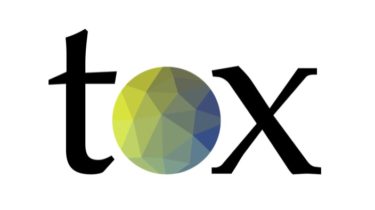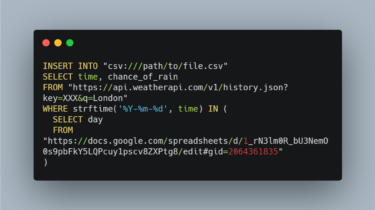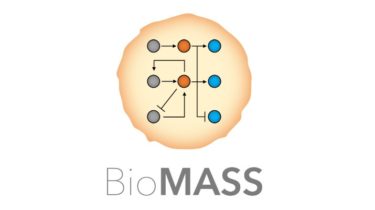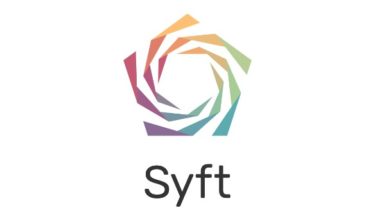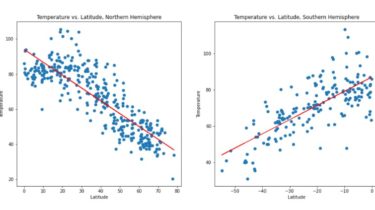An easy-to-use library for R&D at the intersection of Deep Learning on Graphs
Graph4NLP Graph4NLP is an easy-to-use library for R&D at the intersection of Deep Learning on Graphs and Natural Language Processing (i.e., DLG4NLP). It provides both full implementations of state-of-the-art models for data scientists and also flexible interfaces to build customized models for researchers and developers with whole-pipeline support. Built upon highly-optimized runtime libraries including DGL , Graph4NLP has both high running efficiency and great extensibility. The architecture of Graph4NLP is shown in the following figure, where boxes with dashed lines […]
Read more
